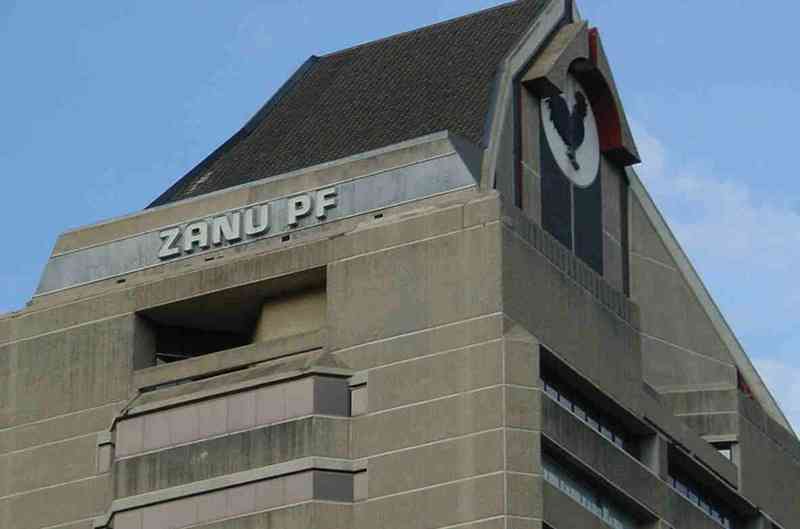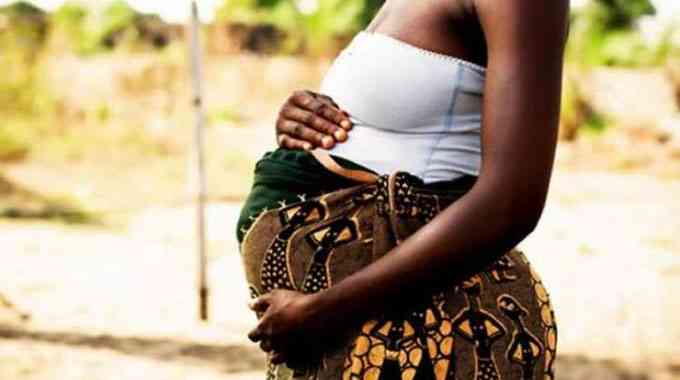
SOME districts across Zimbabwe are facing food shortages despite the country recording an improvement in yields after the 2024/25 agricultural season, forcing government to intervene in the affected areas.
Zimbabwe suffered severe food shortages after the devastating effects of the El Niño-induced drought during the 2023/24 season.
During the 25th post-Cabinet Press briefing yesterday, Information, Publicity and Broadcasting Services minister Jenfan Muswere said Zimbabwe’s updated food balance sheet to March 2026 indicated that there was adequate grain at national level.
He, however, said local shortages were likely to be experienced in some areas.
“Already, government has disbursed 30 metric tonnes of grain to the San community in Tsholotsho in response to localised shortages,” Muswere said.
Tsholotsho is among the several districts that suffer from perennial food shortages, including Muzarabani, Buhera, Chiredzi, Mberengwa, Mudzi, Gwanda, Binga, Mwenezi and Beitbridge.
Meanwhile, on the marketing of maize, soyabeans, sorghum, wheat and sunflower, Muswere said 272 870 metric tonnes had been sold formally, with a large proportion being marketed informally.
“The Grain Marketing Board’s intake of grains and oilseeds increased from 12,8% to 21,6%. The Strategic Grain Reserve has 133 115 metric tonnes of grain in stock,” he said.
- Letter from America: The death of the Zimbabwe dollar shows the King has no clothes
- Deputy minister in GMB theft scandal
- ZITF: The hits, misses of 62nd edition
- ZITF: The hits, misses of 62nd edition
Keep Reading
“The Grain Marketing Board has since opened 1 804 mobile grain collection centres across all wards in order to ease grain deliveries by farmers.”
Farmers supported under the Presidential Input Scheme are delivering 10kg for each household for the local strategic grain reserve.
He said the cotton marketing season started on July 24 this year with a total of 27,9 million kilogrammes sold to six contractors.
Tobacco sales stood at a record of 354,4 million kilogrammes as at August 18 this year compared to 231 million kilogrammes sold at the same time last year, an increase of 53,07%.
“Tobacco seed sales are 12% firmer compared to 2024, which augurs well for the 2025/26 season targeting of 360 million kilogrammes,” Muswere said.
“The Winter Cereals Plan has targeted 135 500 hectares, comprising wheat 120 000(ha); barley 6 500 (ha) and potatoes 9 000(ha) with an estimated production of wheat of 600 000 metric tonnes.”
On the crops, horticulture, fisheries and livestock summer plan, Muswere said the focus would be on increased agro-ecological tailoring of crops and enhancing climate-proofing at household level through Pfumvudza/Intwasa and, at national level, through expansion of the area under irrigation.
“The crops targeted under the Input Support Scheme include maize, sorghum, pearl millet, soya beans, sunflower, African peas, ground nuts and sugar beans,” he said.
“In addition, the Agricultural and Rural Development Authority (Arda) has been designated the ‘food, feed, seed and oils security agent for the nation’, with a target to produce 500 000 metric tonnes of summer cereals from 100 000 hectares and 300 000 metric tonnes of winter cereals from 60 000 hectares.”
Muswere said the Arda scheme would provide seed, fertiliser and chemicals to farmers.
“Regarding oil self-sufficiency targets versus production, Cabinet advises that total oil seed production 75 688 mega-litres is planned for the 2025/26 summer season, against the country’s annual oil requirement of 180 000 mega-litres,” he said, adding that emphasis would be on sunflower oilseed production.
Muswere said the National Enhanced Agriculture Productivity Scheme would be funded through AFC, CBZ and NMB banks backed by government performance guarantees targeting maize, soyabean, traditional grains and sunflower.
He also revealed that the private sector is targeting to contract 27 000 hectares of maize, 17 000 hectares of soyabean and 10 000 hectares of sorghum with an expected output of 224 500 metric tonnes.
“Beneficiaries of the government-enabled cottco scheme will be required to deliver some cotton each for the support received.
“Crops such as sesame will be promoted and grown to complement cotton production in order to ensure improved livelihoods income.
“A total of 3 945 boreholes have been drilled to support village business units, school business units, youths business units and vocational training centre business units.”
He said to build resilience for sustained crop production to meet national requirements including the strategic grain reserve, irrigation development would continue to be accelerated.
“A total of 15 000 hectares will be developed before the start of the 2025/26 summer season, bringing the cumulative area available for irrigation to 232 000 hectares, of which 100 000 hectares will be available for summer irrigation,” he said.
Muswere said GMB would purchase all summer crops financed under the Presidential Input Programme and Arda scheme as well as by self-financed farmers.
He said the State entity would be the buyer of last resort for all crops.
“All contractors will be obliged to buy back contracted grain at market prices. Farmers are encouraged to insure their crops and view insurance as an input in production.
“Meanwhile, the 2025/26 summer fisheries programme is targeting stocking of three million fingerlings in 2 000 fish ponds will be implemented under the Presidential Community Fisheries Scheme,” he said.
“Government is investing in the development of five strategic fingerling centres, namely Henderson, Makoholi, Matopos, Bubi-Lupane and Chipinge Coffee Research Institute.”










